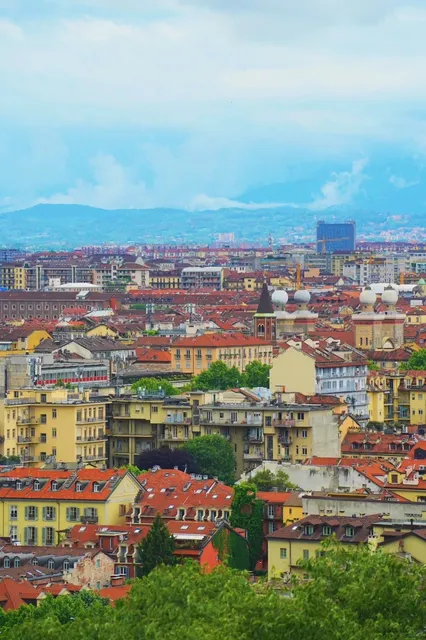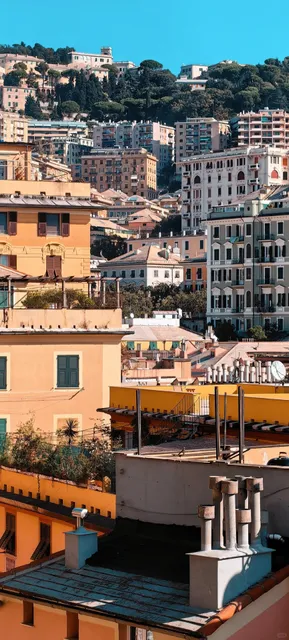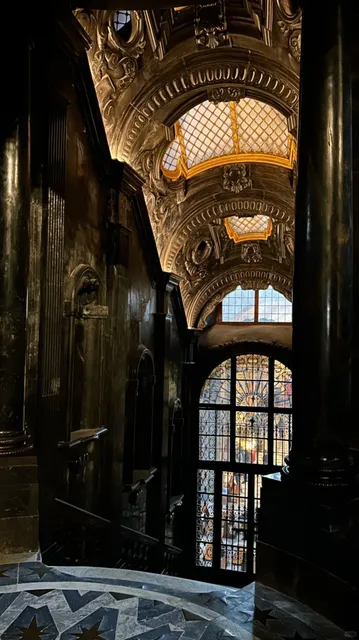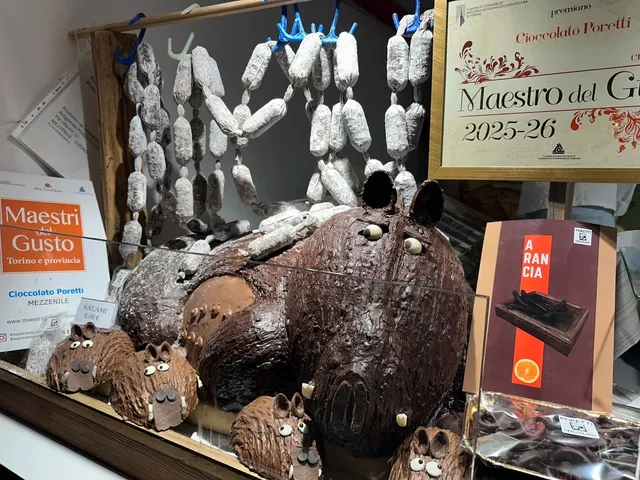



The Royal Palace is now a cultural centre in the heart of Milan, coordinated in conjunction with three other exhibition venues: Rotonda della Besana, Palace of Reason and Palazzo dell'Arengario. The building plays an important role within Milanese artistic life, having hosted in recent years prestigious exhibitions including works by Claude Monet, Pablo Picasso and other internationally renowned painters and sculptors. Turn-point for its prestige as exhibition hall was the 2009 show to celebrate Futurism's centenary. Since November 4, 2013 a wing of the palace was repurposed to host the Great Museum of the Duomo of Milan. At the beginning of the 21st century, more than fifty years after its destruction, Palazzo Reale found a new central role in the social and cultural life of Milan. Three phases of restoration were completed, even if the palace did not fully recover its original magnificence. The original purpose of the restorations was to create a "Palace Museum" to show the four historical seasons the Palazzo went through: the Neoclassical era, Napoleon's period, the Restoration and the Unification of Italy. The first phase of restoration undertook the complex task of refurbishing of the original furniture, to provide a stylistic representation of the life of the Ducal Court. Then the neoclassical halls were restored, to bring back the vision of Giuseppe Piermarini and the splendor of the "enlightened" era, when the city had a major role in Europe. The third phase focused on the old Apartment of Reserve, to portray the life of 19th century Austrian royalty. Unfortunately the original idea was abandoned and the Museum of the Palace was never inaugurated, despite the completion of its third phase of restoration in 2008. Starting in year 2000, the Italian government has commissioned a fuller restoration of the royal palace. The Hall of Caryatids was not redecorated to bring back its former splendor but only conservatively preserved, by removing the blackening on the walls, reinforcing the structural units and cleaning the remaining paintings. Sketches of the old ceiling were drawn on the cover of the new white ceiling, to give an impression of what the room looked like...
Read moreWe visited this exhibition at short notice at 5 pm on a cold, wet late afternoon. It was notionally opened to 7:30 pm, but people were still being admitted around 7 pm as there were also private group tours beyond time. The exhibition was fabulous with about 20 Caravaggio's beautifully displayed in an uncluttered way. No photography is allowed. Controlled entry meant that it was not too crowded and if I got caught up in a tour group, I only had to wait a minute or two for them to move on to have an unobstructed view of the painting. I would recommend booking ahead to minimise waiting time for entry - you don't need a hard copy of the booking, people were able to show an electronic version on their phones. We did not book and decided to chance it. We waited about 40 mins late in the day. The queue was not all that long, but the attendants only allowed about 10 people in at a time every 7-10 mins (in addition to those who had booked). When you arrive at the Palazza from the square in front of the Duomo, do not queue up for the museum but walk through the building to the other side and find the correct queue. The left one for unticketed people, the middle for groups and the right one for people with timed tickets. You need to climb a large staircase to the first floor where the ticket office is (there must be a lift somewhere, so ask if you need it). The audio guide comes free with the tickets (I think 13 euros per person) although if you want an earpiece it is an extra 1.5 euros. I used my own earbuds from my phone. While not all the famous Caravaggio's are in the exhibition, it is an excellent collection from Europe and USA. Quite a treat and well...
Read morePalazzo Reale di Milano, or the Royal Palace of Milan, is a cultural gem located in the heart of Milan, Italy, that offers visitors a captivating journey through history, art, and architecture. Originally built in the 12th century as a medieval fortress, the palace was later transformed into a magnificent royal residence, serving as the seat of government for various ruling families over the centuries.
Today, Palazzo Reale stands as a testament to Milan's rich cultural heritage, with its grand neoclassical facade and opulent interiors showcasing the wealth and power of its former inhabitants. The palace's stately halls and lavish apartments are adorned with exquisite frescoes, intricate stucco decorations, and priceless works of art, offering visitors a glimpse into the lives of Milan's aristocracy.
In addition to its historical significance, Palazzo Reale serves as a vibrant cultural center, hosting rotating exhibitions and events that highlight diverse aspects of art, history, and culture. From Renaissance masterpieces to contemporary installations, the palace's exhibitions offer a dynamic and immersive experience for art enthusiasts and history buffs alike.
Whether you're exploring its regal interiors, admiring its impressive art collections, or attending one of its many cultural events, a visit to Palazzo Reale di Milano promises a captivating journey through the rich tapestry of Milan's past...
Read more